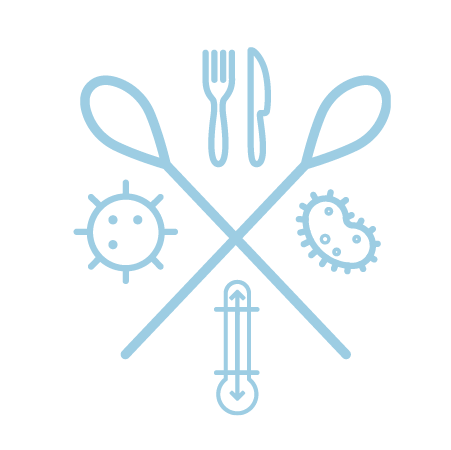Updated: November 5, 2025
How to Report a Foodbourne Illness in Maryland (FS-1034)
The purpose of this fact sheet is to 1) give consumers addtional information on whom to contact when sick, 2) how a sick person would be diagnosed, and 3) the questions your health care provider may ask. The fact sheet also provides a list of Maryland Health Departments, how reporting is important to your community and how this data is used, and lastly an optional list of foodbourne pathogens most problematic in Maryland
Updated: September 5, 2023
Frequently Asked Questions for Value-Added Producers (EBR-2022-0635)
This publication summarizes frequently asked questions and answers for the cottage food producers and on-farm home processors. It includes definitions of common terms as well as guidance and recommendations surrounding manufacturing, processing, packaging, labeling, and selling of foods or food products produced by the Maryland cottage food businesses and on-farm food processors. Authors: Angela Ferelli-Gruber, Neith Little, and Shauna Henley; Title: Frequently Asked Questions for Value-Added Producers (EBR-2022-0635)
Updated: August 10, 2022
Water Quality and Food Safety: Understanding Factors Impacting Surface Water Quality
The FDA Food Safety Modernization Act (FSMA) Produce Safety Rule (PSR) requires farmers to test water used for agricultural production for generic E. coli. This document helps farmers understand how to interpret their water testing results, environmental factors that can impact those results, and solutions for high bacteria levels.
Updated: August 10, 2022
Turning Out Your Product: From Food Safety to Marketing, There's a Lot You'll Need to Know
Authors:
Ginger S. Myers
This report breaks down the necessary steps to develop your product and bring it to market in accordance with Maryland Department of Health and Mental Hygiene's regulations and recommendations. The author discusses the legal aspects of operating a specialty food processing business in Maryland, including obtaining the necessary license and complying with regulations of the Federal Food, Drug and Cosmetic Act and Fair Packaging and Labeling Act. The 30-page report also provides detailed information on the many requirements for business operation, including proper labeling, obtaining UPC codes, working with a co-packer, and acquiring the correct equipment.



